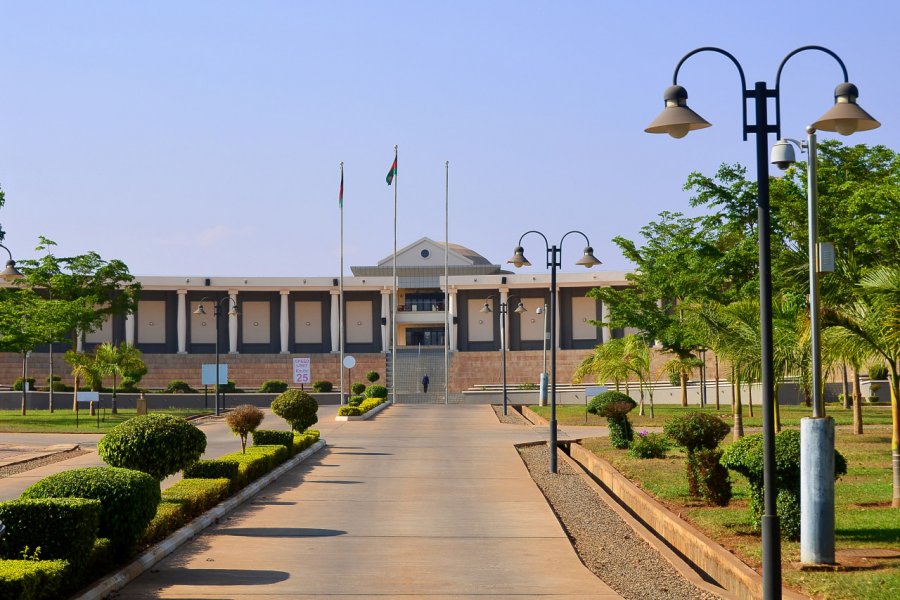Travel Guide Lilongwe
Find an accommodation
Advertising
Capital of the country since 1975, Lilongwe is a city alternating hectic neighborhoods, bottled arteries and quiet or even sleepy areas. Without a real urban plan, the city is structured around two major centres: Old Town and City Centre. The first, older, as its name suggests, houses the market, the congested bus station, several shopping malls, small shops and well-stocked supermarkets. The second, which is quieter and more recent, houses - among other things - administrative buildings, company headquarters and diplomatic representations. The city, divided into numbered areas, sometimes seems a little disjointed with its vacant, wooded or cultivated land biting into the urban fabric and separating several built areas. The quiets and cosy residential districts, in which are located most of the comfortable lodges, listed hotels, upscale restaurants and beautiful residences (areas 10, 43, 9...) respond to more popular sectors, such as areas 2 and 8. Lilongwe, with a population of nearly one million, has a handful of tourist attractions including the Lilongwe Wildlife Centre, the Hastings Kamuzu Banda Mausoleum and the seat of parliament. The peaceful asphalted streets of the residential districts, adorned with trees adorned with superb colours at the beginning of the rainy season and in the middle of which the piafs chirp, are also ideal for day trips.
What to visit Lilongwe?
Advertising
Weather at the moment
Advertising
Organize your trip with our partners Lilongwe
Transportation
Book your plane tickets
Car Rental
Boat rental
Accommodation & stays
Find a hotel
Holiday rental
Find your campsite
Tailor-made trip
Immersion travel
Services / On site
Activities & visits
Find a doctor










